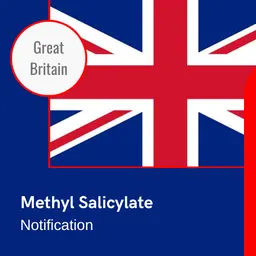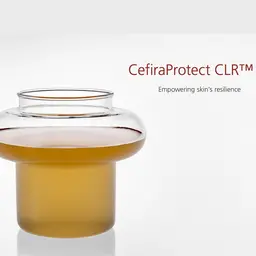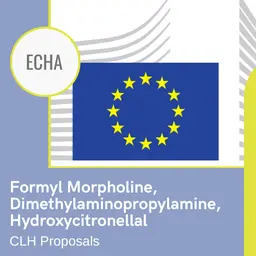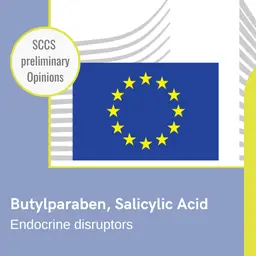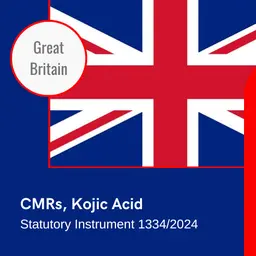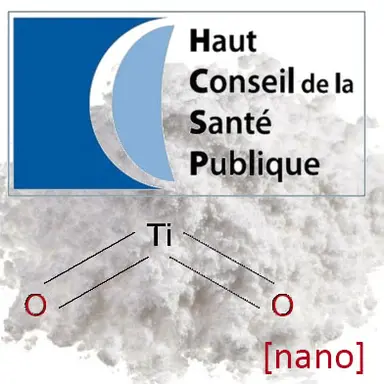
The French Ministries of Health, Labour, and Ecological and Inclusive Transition had requested the HCSP (French Public Health Council) on July 4, 2017 to come up with management measures for protecting workers and residents on production and transformation sites from nano titanium dioxide, these particles manufactured with at least one dimension smaller than 100 nm. Its Opinion and measures recommended to ensure the protection of these populations have just been published. The report does not deal with the exposure to consumer goods containing titanium dioxide.
In its Opinion, the HCSP reiterates the fact that titanium dioxide nanoparticles (TiO2 NPs) are widely used in the food, cosmetics, and building materials industries.
In France, they are manufactured or handled on many sites, which raises the issue of the exposure of workers and residents. Ultra-fine powders of TiO2 NPs may contaminate the atmosphere, which requires taking specific protection measures, especially since recent research has shown that these nanoparticles, when they inhaled or absorbed, get through biological barriers (lung, placenta, intestine, blood-brain barriers) and accumulate in certain organs (liver, spleen, bone marrow, lung, reproductive system). Inhaling these nanoproducts may trigger the inflammation of respiratory tracts and be associated with lung diseases, like chronic bronchitis. The link with the occurrence of lung cancer is under study.
The populations that can be exposed to these TiO2 NPs, either as professionals or people living near plants which produce, store, or handle these nanoparticles, should benefit from specific protection measures.
HCSP recommendations
• All these people potentially in contact with this substance should be informed and trained about products containing titanium dioxide nanoparticles. All the regulatory preventive measures should be implemented: avoiding any exposure, in particular of pregnant or nursing women, and applying …



